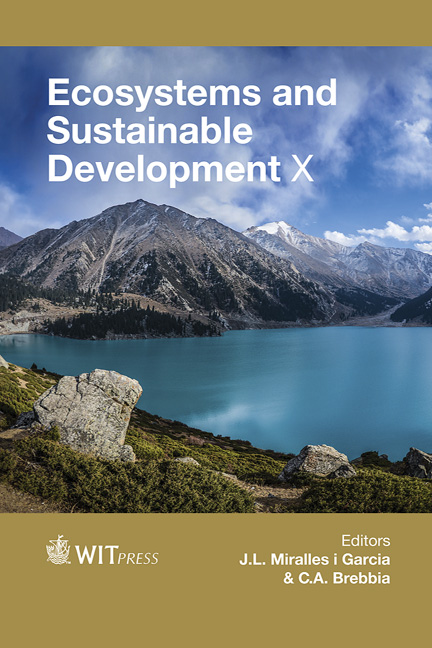Assessing The Environmental Impacts Of 2nd Generation (lignocellulosic) Feedstock Under The Energy–climate Reference Scenario Using LUISA Modelling Platform In EU-28
Price
Free (open access)
Transaction
Volume
192
Pages
12
Page Range
367 - 378
Published
2015
Size
3,327 kb
Paper DOI
10.2495/ECO150331
Copyright
WIT Press
Author(s)
C. Perpiña Castillo, C. Lavalle, C. Baranzelli, A. Barbosa, C. Jacobs-Crisioni, F. Batista e Silva
Abstract
In this study a comprehensive analysis of the environmental impacts of 2nd generation (lignocellulosic) feedstock using LUISA (Land Use Integrated Sustainability Assessment) spatial modelling platform has been performed under the Energy–Climate reference scenario in EU-28 from 2010 up to 2050. The definition of this reference scenario and its implementation in LUISA is described in this paper, emphasizing the role of the renewable energy directive in the promotion of renewable energies under sustainability criteria for the biomass production, including energy crops. These sustainability criteria attempt to minimize the potential negative impacts on environment, social and economic aspects. Accordingly, site selection is a crucial step, taking into account the ecological requirements of herbaceous and woody lignocellulosic crops for energy purpose. Geographical areas characterised by high suitability levels for the cultivation of energy crops were identified and mapped. A possible solution to land competition conflict is the use of degraded and potentially contaminated lands for growing energy lignocellulosic crops in those areas. The main output from LUISA over the allocation of energy crops are displayed and analysed in detail.
Keywords
energy crops, modelling, allocation, European Union, sustainability





